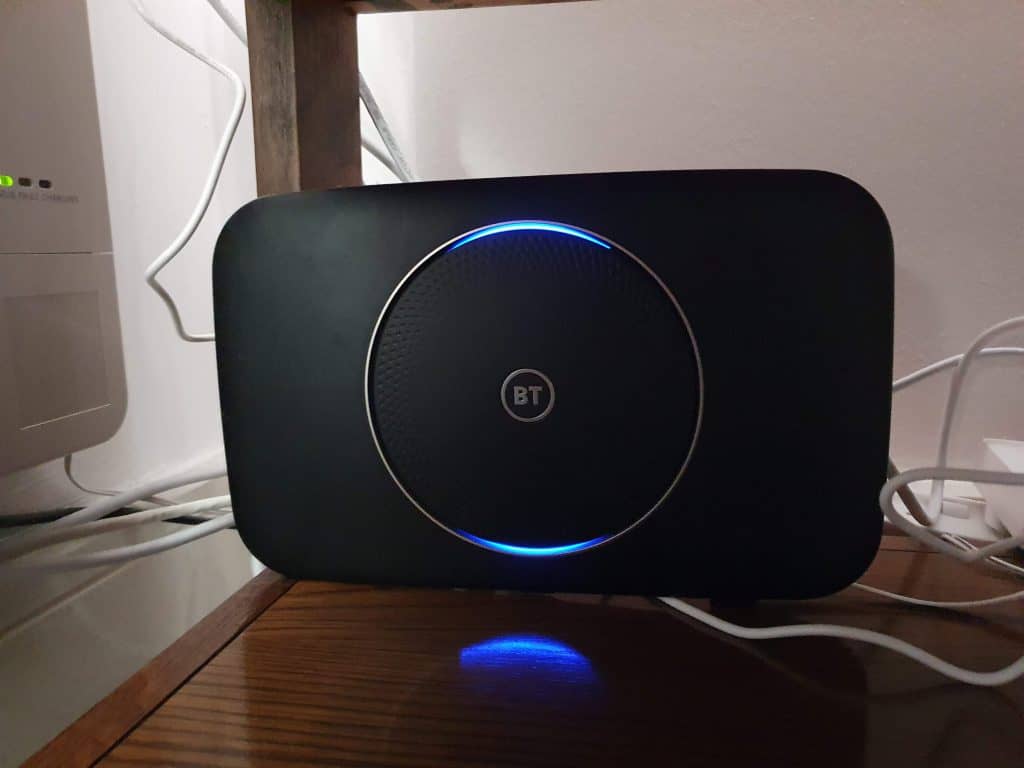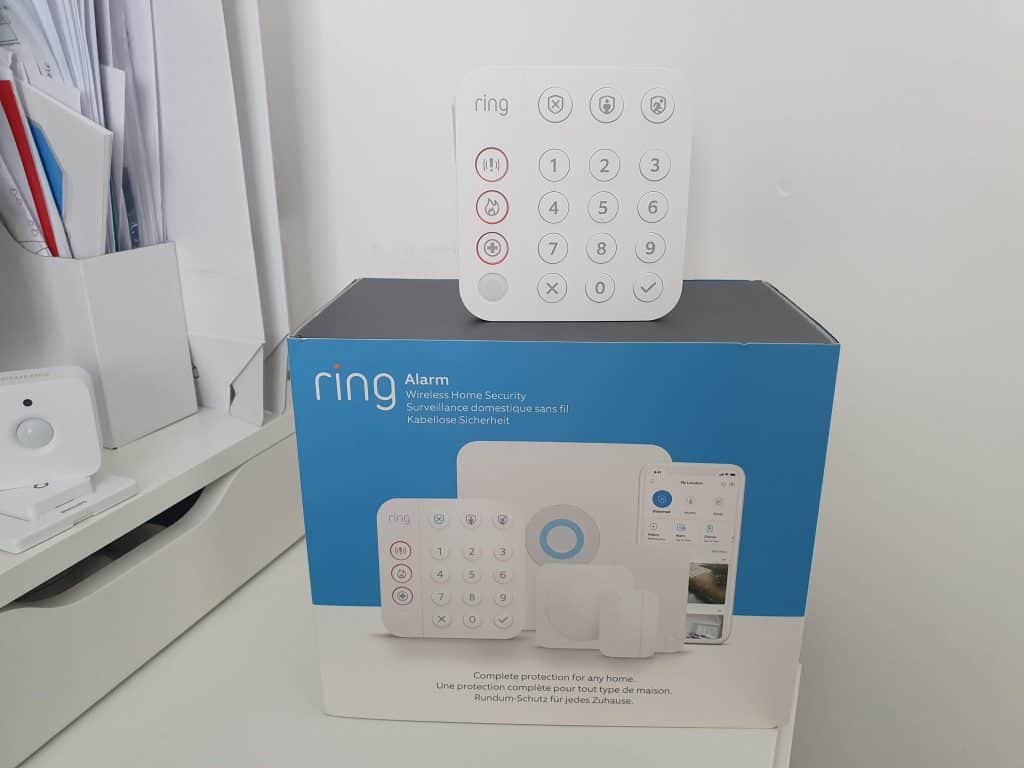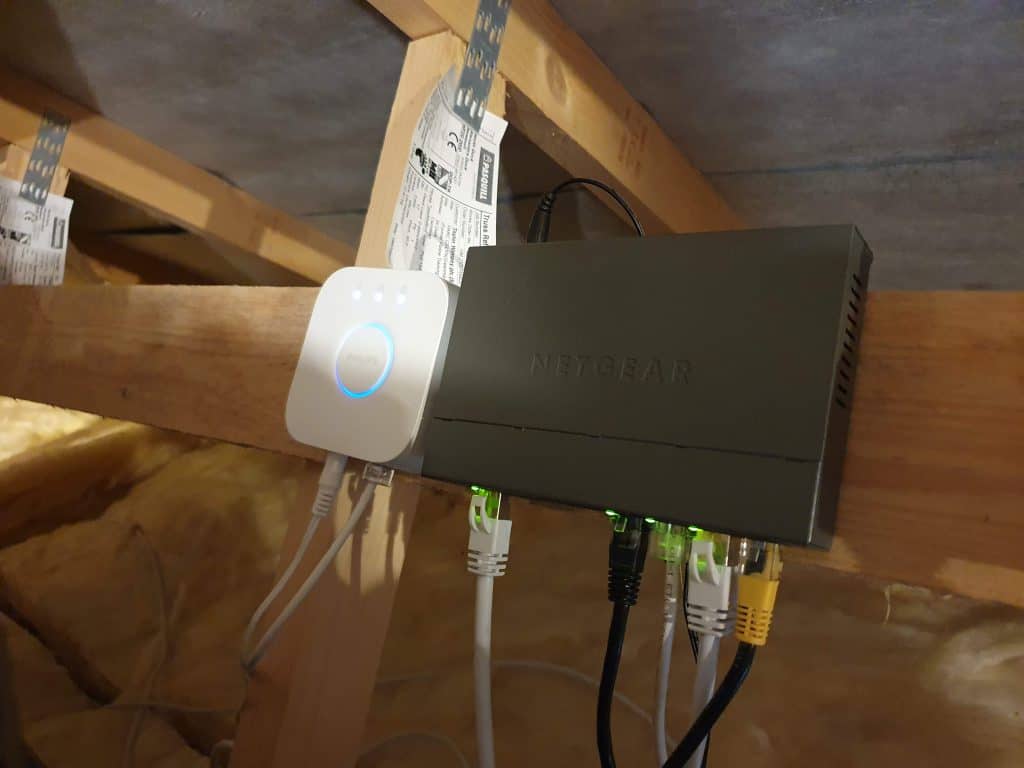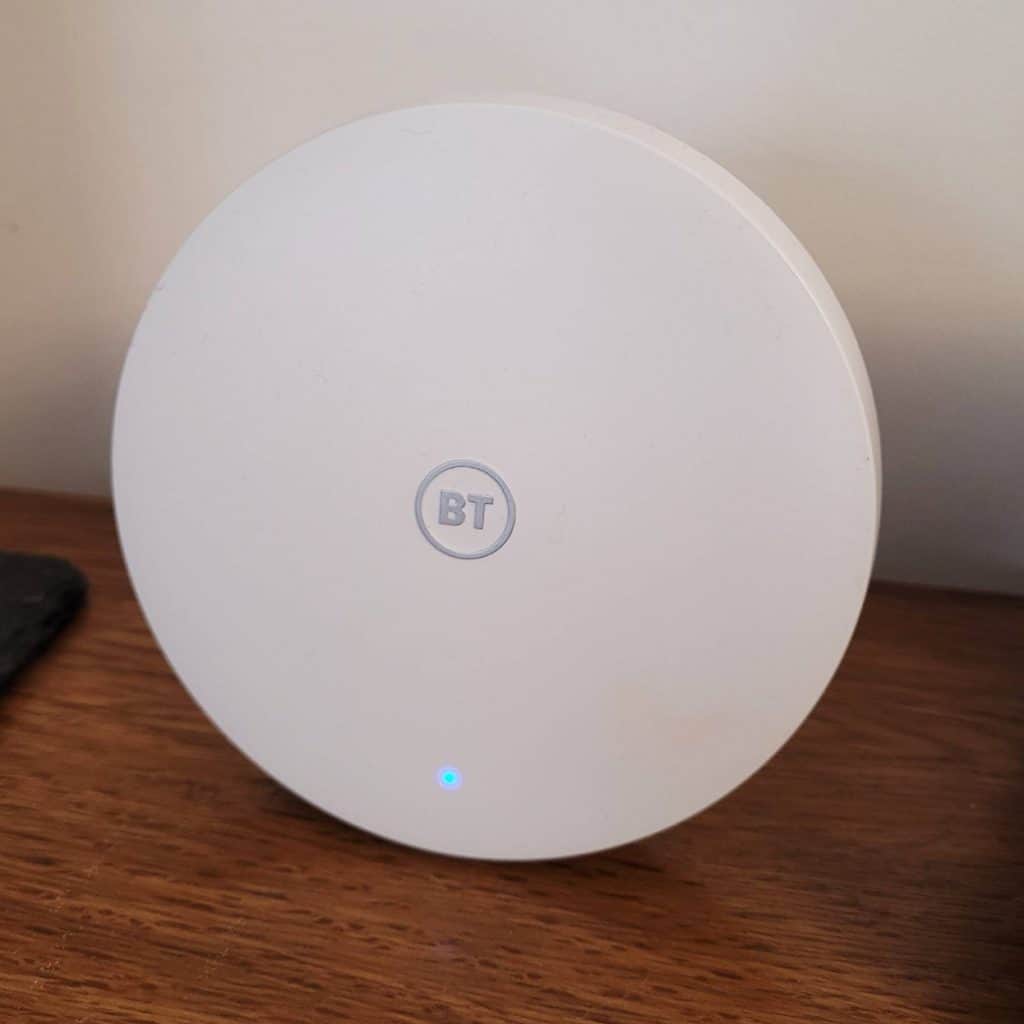Smart home devices tend to “speak to each other,” using different ways—Wi-Fi, Bluetooth, ZigBee, and Z-Wave. While most of us are familiar with Wi-Fi and Bluetooth, ZigBee and Z-Wave remain fairly new inter-device communication technologies for many. In this article, we take a closer look at all the four technologies, comparing and contrasting them. Is one better than the other? It also talks about Matter, another related technology that used to be known as “Connected Home over IP.” After all, this technology supports Bluetooth, Wi-Fi, and Zigbee.
While ZigBee and WiFi remain the most popular inter-device communication protocols today, the reality is that all the smart home communication protocols have their own benefits and drawbacks. That’s probably why you’ll find some more sophisticated smart homes using all of them at the same time.
A Brief Overview Of Each Communication Protocol
Wonder what WiFi, Bluetooth, ZigBee, Z-Wave, or Matter are? If that’s right, below are the summaries of each technology.
1. WiFi

WiFi allows a whole host of devices in a smart home e.g smart TVs, smart bulbs, CCTV cameras, and doorbells as well as alarm systems to integrate through the internet. It’s what enables your smartphone and PC to access the internet.
This technology relies on a special piece of hardware known as a “Wi-Fi” router, which broadcasts a Wi-Fi signal. It’s this signal that your Wi-Fi-enabled devices use to have access to the internet. Wi-Fi is wireless, which means it does not involve the use of cables, which not only can clutter your home by running everywhere but also pose a safety risk.
2. Bluetooth
More commonly used on portable devices like smartphones, laptops, and headphones, Bluetooth enables one device to send or receive small amounts of data (no larger than audio data) to or from another as long as both devices are Bluetooth enabled.
Since this technology is limited in terms of the amount of data that can be transmitted through it, it doesn’t work so well when it comes to transmitting large files like video files.
3. ZigBee
ZigBee is designed to facilitate automation, which is an important feature of smart homes. This low-bandwidth networking protocol enables supporting devices such as Philips Hue, Yale smart door locks, Bosch security systems, Amazon Echo Plus and Echo Show, and Samsung SmartThings to link and work together.
4. Z-Wave

Z-Wave allows a few smart home devices like the Ring Alarm system and sensors from various brands to link and work together just like ZigBee. A big advantage is that this low power, low bandwidth smart home protocol works on a different radio frequency. That means it won’t interfere with your WiFi signal unlike ZigBee, which sometimes does. Unfortunately, it isn’t as reliable as WiFi.
5. Matter
Matter allows devices to work together across all major smart home platforms including Google Assistant, Amazon Alexa, and Apple HomeKit. This emerging, unifying, interoperability networking protocol for smart homes works by leveraging existing IP technologies such as Wi-Fi to build a unified wireless connectivity ecosystem for these homes with devices that are controlled remotely using a smartphone or computer.
What’s The Best Option Between Wi-Fi, ZigBee, Z-Wave, Bluetooth, and Matter?
To answer this question, let’s look at the pros and cons of each technology, and then decide.
1. Wi-Fi
Pros
- Wireless.
- Mobility and convenience.
- Easy to use to connect to the internet.
- Faster than cellular internet
- Offers a long-range signal.
- Supported by many devices.
- Connects more devices at a time.
Cons
- Difficult to use to transfer or receive data.
- Difficult to manage, especially with passwords.
- High cost of installation.
2. ZigBee

Pros
- High node support.
- Consumes less power.
- Expandable transmission range.
- Easy and inexpensive to install.
- Easy to manage, control, and monitor.
Cons
- Not supported by many devices.
- Low signal transmission rate.
- Channel noise.
- Security risk.
- Not compatible with many devices.
3. Bluetooth
Pros
- Wireless
- Supported by many devices.
- Connect devices to the internet.
- Connects devices easily.
- Available in most modern gadgets.
Cons
- Slow in terms of signal broadcast.
- Short-range signal broadcast.
- Consumes more power.
- Compatibility issues.
- Unreliable for large files, including video files.
- Easy to hack.
- Connects fewer devices at a time.
4. Z-Wave
Pros
- Wireless communication.
- Easy to set up.
- Compatible with many smart home devices.
- Flexible enough to accommodate many changes in smart home devices.
- More secure than other protocols, including Bluetooth and Wi-Fi.
- High data transmission speed.
- Enhanced signal transmission range.
Cons
- Costly.
- Connects fewer devices than Wi-Fi, at a time.
- Controlling the network requires Smart Hub.
- Software and protocol patches can only be done by the company.
5. Matter
Pros
- Provides expanded interoperability for smart home devices.
- Wireless communication.
- Easy to set up.
- More secure than other technologies.
- Works both online and offline.
- Saves energy.
- Convenient.
Cons
- Complex technology.
- Difficult to install and activate.
Summary: Which Is ‘Best’?

Looking at each smart home technology and weighing the pros against cons of each, it’s safe to say that Wi-Fi is the best choice for connecting smart home devices and having them work together.
Why is that? Well, nearly all smart home devices are Wi-Fi enabled even if they may not be enabled for other technologies like ZigBee, Z-Wave, and Matter. Because of that, it allows all your devices to access the internet where they can connect and work together even if it means using third-party software like IFTTT (If This Then That) and Google Assistant to do so.
Sure Bluetooth also helps connect your devices to the internet. However, this technology consumes more power, which can result not only in you paying high energy bills but also in your devices overheating. This can significantly slash their service life, forcing you to go back to the market sooner than you anticipated.
If you are faced with choosing between Wi-Fi, Bluetooth, ZigBee, Z-Wave, and Matter, you won’t go wrong with Wi-Fi. Don’t pick a device that is not Wi-Fi enabled, otherwise, you may end up getting your hands on something with limited functionalities. The good news is that most smart home products that are popular including smart TVs, Google Home voice controllers, Google Nest indoor cameras, and Google Nest outdoor cameras are Wi-Fi enabled.
To add to the list are Amazon Echo Spot Smart Alarm Clock, Google Nest thermostat, and Logitech Pop smart button controller. It’s strange though that Philips Hue, which is another very popular smart home product, isn’t.
Final Thoughts
There is no denying the fact that there are many technologies that can be used to connect and have smart home devices like Google Nest indoor and outdoor camera system, a doorbell system, and an alarm system working together. From Wi-Fi and Bluetooth to ZigBee, Z-Wave, and Matter, there are many ways to have smart devices and gadgets hooked up and collaborating.
While many smart homes that are more sophisticated use at least several technologies at the same time, a good number of homes avoid having a mix of each technology primarily because it’s expensive. If you have to choose between Wi-Fi, Bluetooth, ZigBee, Z-Wave, and Matter, select the option considered best. Speaking of which, Wi-Fi is arguably the number one choice as it offers more awesome advantages and less unpleasant disadvantages.
